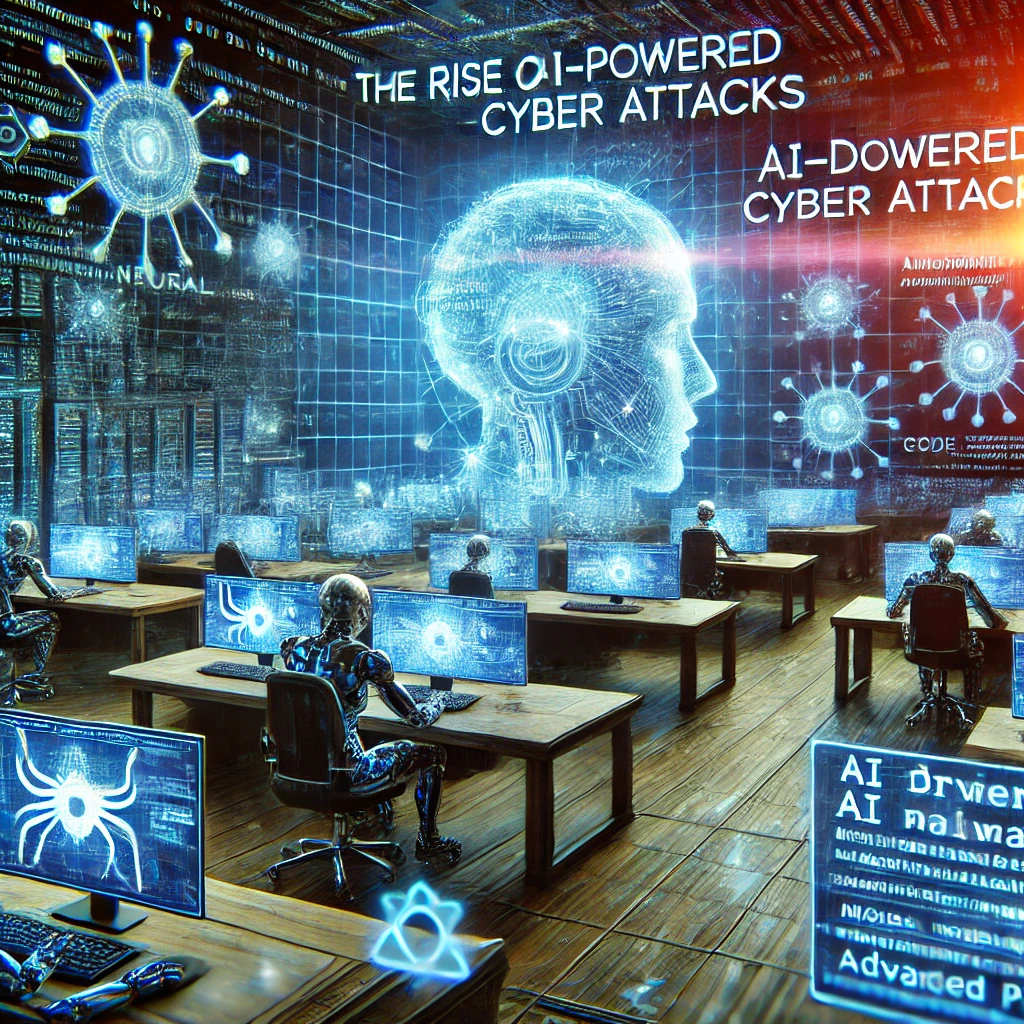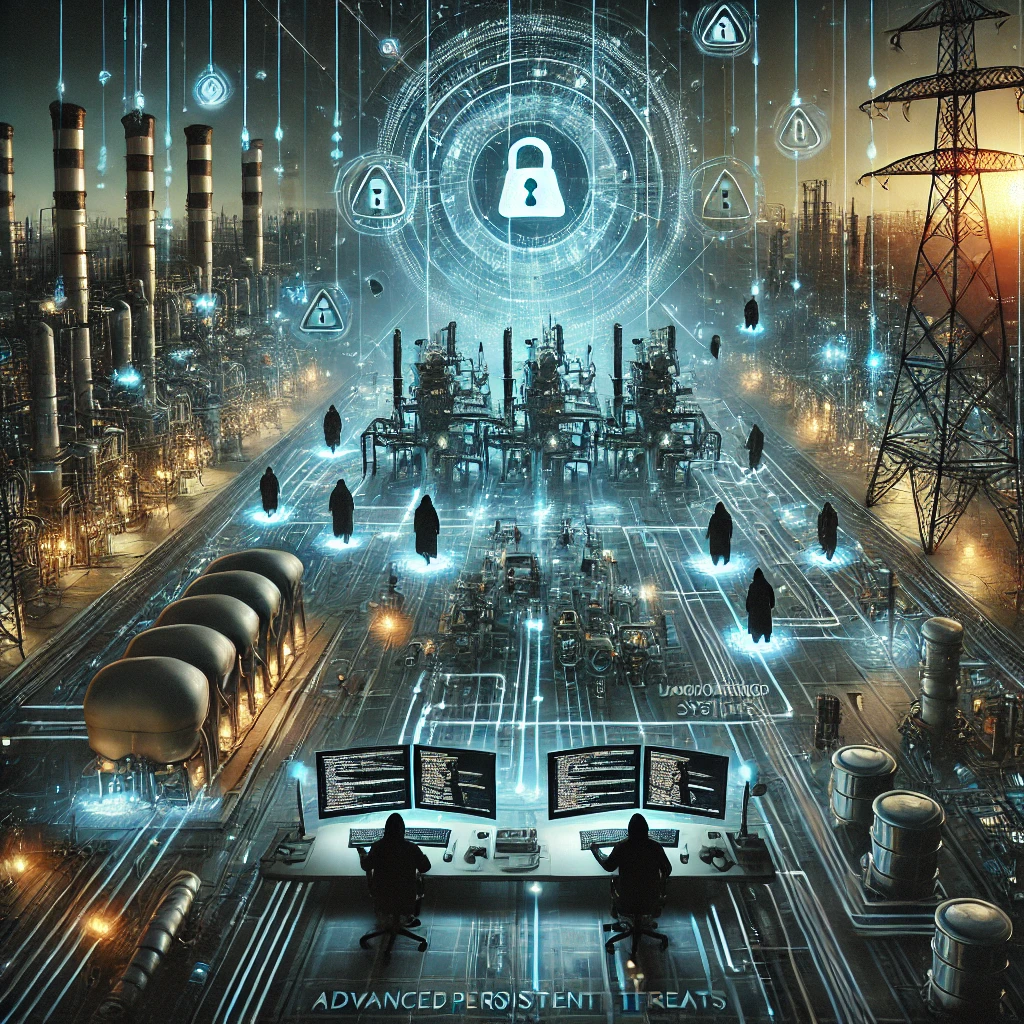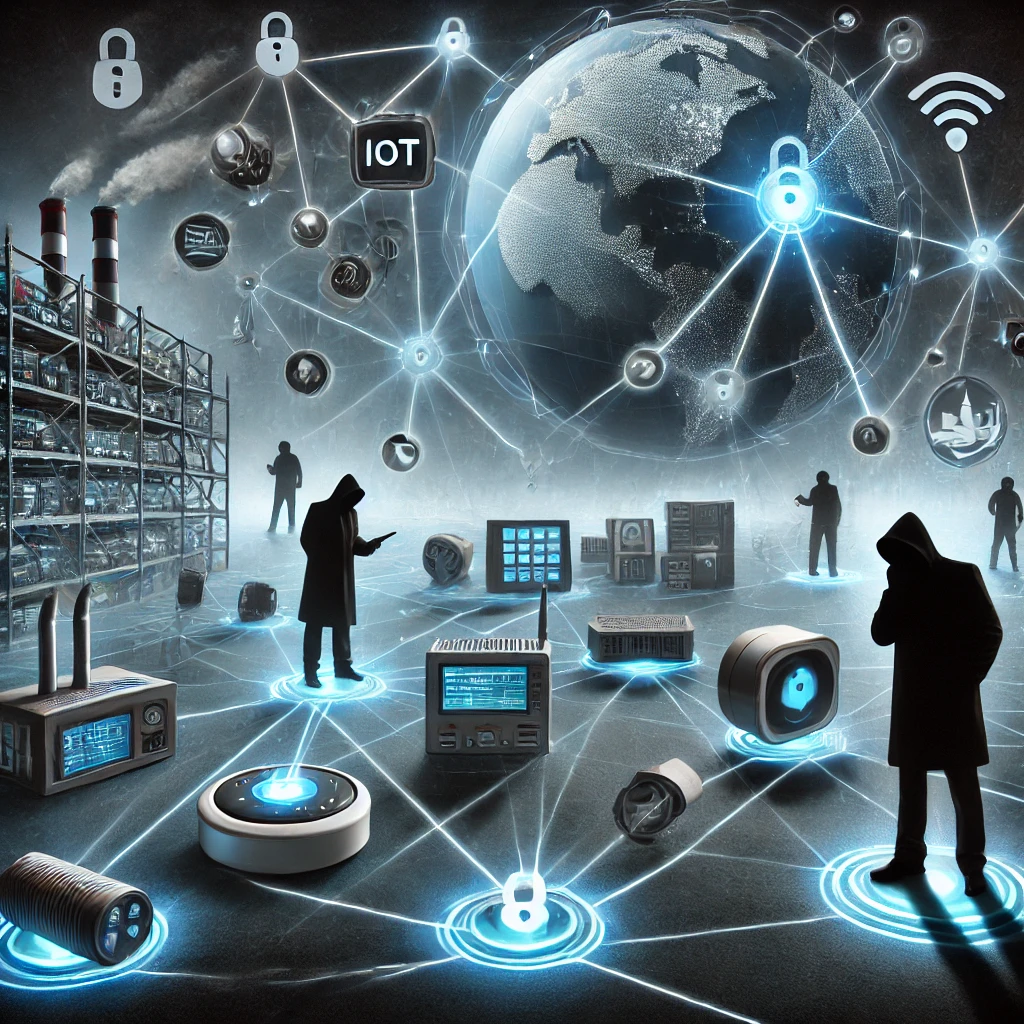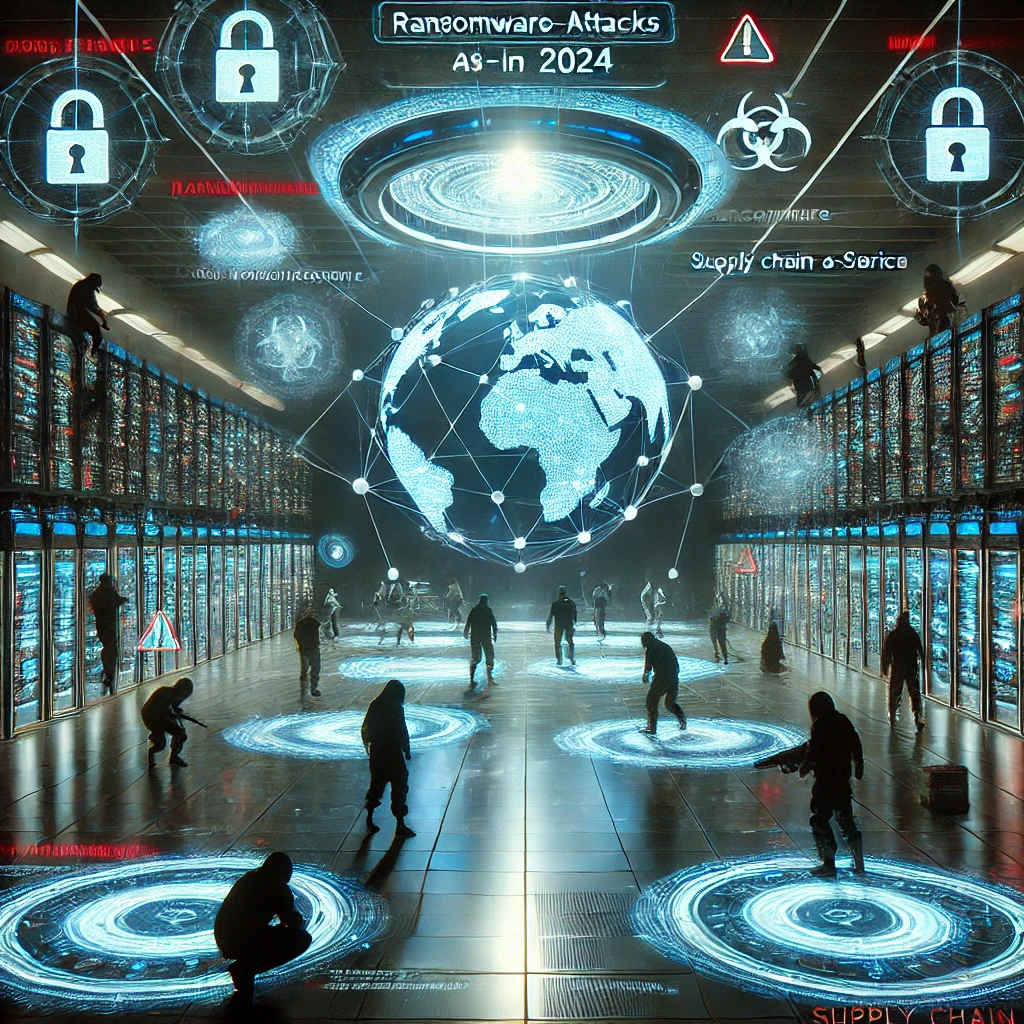The world of cybersecurity is evolving rapidly, and 2024 is proving to be a year of unprecedented challenges and complexities. Businesses of all sizes are facing a surge in new cyber threats, driven by advances in technology, increasingly sophisticated attackers, and the expanding digital landscape. As organizations rely more heavily on digital infrastructure, the risks they face continue to multiply, making it essential for business leaders, IT professionals, and cybersecurity experts to stay informed and prepared.
This blog will explore the most pressing cyber threats businesses need to be aware of in 2024. By understanding the latest trends, methods, and vulnerabilities, companies can better protect their sensitive data, maintain the trust of their customers, and ensure the continuity of their operations. From AI-driven attacks to supply chain vulnerabilities, the cybersecurity landscape is shifting in ways that demand immediate attention and proactive measures.
The Evolving Threat Landscape
1. The Rise of AI-Powered Cyber Attacks

Artificial intelligence (AI) is no longer just a tool for defenders—it’s increasingly being leveraged by attackers to enhance their capabilities. AI-driven attacks can adapt in real-time, bypassing traditional defenses and identifying weaknesses faster than ever before. These attacks often use machine learning to create sophisticated phishing emails, crack passwords more efficiently, and deploy malware that evades detection.
One of the most concerning trends is the use of AI in spear phishing. Attackers are now using natural language processing (NLP) to craft highly convincing emails that appear to come from trusted sources. These AI-generated messages are nearly indistinguishable from legitimate communications, increasing the likelihood that employees will inadvertently click on malicious links or provide sensitive information.
Moreover, AI-powered attacks can conduct reconnaissance more effectively. Advanced algorithms analyze publicly available information—such as social media profiles, corporate websites, and leaked data—enabling attackers to tailor their approaches to specific targets. This personalized approach increases the success rate of attacks and makes them more difficult to detect.
Another area where AI is making a significant impact is in the automation of attack workflows. Automated bots can identify and exploit vulnerabilities at scale, targeting thousands of systems simultaneously. Once a weakness is found, AI can quickly adapt its attack methods to bypass new security measures, creating a never-ending cycle of offense and defense. This constant adaptation poses a significant challenge for organizations trying to stay one step ahead of attackers.
In response, defenders are also using AI to bolster their defenses. Machine learning models can identify patterns of malicious behavior, detect zero-day exploits, and automate incident response procedures. However, as attackers continue to innovate, businesses must remain vigilant and invest in advanced threat detection tools, regular training, and robust security protocols.
2. Advanced Persistent Threats (APTs) Targeting Critical Infrastructure

Advanced Persistent Threats (APTs) have long been a concern for organizations, but in 2024, their tactics and targets are evolving. APT groups—often state-sponsored or highly organized cybercriminal organizations—focus on high-value targets, including critical infrastructure sectors like energy, healthcare, transportation, and finance. The potential consequences of a successful APT attack on these industries can be devastating, ranging from widespread service outages to theft of sensitive intellectual property and national security implications.
One notable development in APT activity is the increased use of zero-day vulnerabilities. Zero-day exploits take advantage of undisclosed or unpatched software flaws, allowing attackers to infiltrate systems without triggering existing security defenses. APT actors are increasingly investing in the discovery and purchase of zero-day vulnerabilities, enabling them to gain initial access and maintain a foothold within a network for extended periods.
Once inside a network, APT groups use sophisticated lateral movement techniques to spread their presence. They leverage stolen credentials, escalate privileges, and blend into normal network traffic to avoid detection. By using custom-built malware and tools, APT actors can establish persistence, collect valuable data, and exfiltrate it without raising red flags. This level of stealth and patience sets APTs apart from other types of cyber threats.
Critical infrastructure is particularly vulnerable due to the complex and interconnected nature of its systems. Industrial control systems (ICS), operational technology (OT), and legacy equipment often lack the same level of security as modern IT environments. APT actors exploit these weaknesses, targeting outdated protocols, unpatched software, and misconfigured devices. The consequences of a successful attack on critical infrastructure can range from disrupting essential services—such as electricity, water, and transportation—to causing economic turmoil and compromising public safety.
In 2024, businesses must take a proactive approach to mitigate APT threats. This includes implementing robust network segmentation, conducting regular threat hunting exercises, and investing in advanced monitoring and detection capabilities. Collaboration between government agencies, industry groups, and private organizations is also crucial. Sharing threat intelligence and best practices can help build a more resilient defense against the evolving tactics of APT actors.
As the cybersecurity landscape continues to shift, staying informed and adapting to new challenges is essential. The rise of AI-powered attacks and the increasing sophistication of APTs underscore the importance of a comprehensive cybersecurity strategy. By understanding these threats, investing in advanced defenses, and fostering collaboration, businesses can better protect themselves against the complex and ever-changing world of cyber threats.
3. The Growing Threat of Ransomware-as-a-Service (RaaS)

Ransomware attacks have been a major concern for years, but the emergence of Ransomware-as-a-Service (RaaS) platforms has transformed the ransomware landscape. RaaS providers operate like legitimate businesses, offering ready-made ransomware kits, customer support, and even revenue-sharing agreements. This business model makes ransomware accessible to a wider range of threat actors, including those with limited technical expertise.
As a result, the volume and diversity of ransomware attacks have skyrocketed. Attackers can quickly deploy ransomware campaigns targeting small businesses, healthcare providers, educational institutions, and more. These attacks often rely on phishing emails, exploit kits, and social engineering tactics to gain access to networks. Once inside, ransomware encrypts critical data and demands payment in cryptocurrency, threatening to permanently delete files or leak sensitive information if the ransom is not paid.
One alarming trend in 2024 is the rise of double extortion tactics. In addition to encrypting data, attackers exfiltrate it and threaten to release it publicly unless the ransom is paid. This puts organizations in a difficult position, as even those with robust backups may face reputational damage and legal consequences if their sensitive data is exposed.
Ransomware operators are also targeting supply chains, leveraging weak links in third-party vendors to gain access to larger organizations. By compromising a trusted supplier, attackers can quickly spread ransomware to multiple businesses, causing widespread disruption and amplifying their profits.
To combat the growing threat of RaaS, organizations must prioritize preventive measures. Regular security awareness training, strong email filtering, and multi-factor authentication (MFA) can help reduce the risk of initial compromise. Additionally, implementing comprehensive backup strategies and conducting regular disaster recovery drills can ensure that critical data is protected and recoverable in the event of an attack. Advanced endpoint detection and response (EDR) solutions, along with proactive threat hunting, can help identify ransomware activity early and stop it before it spreads.
Governments and law enforcement agencies are also ramping up efforts to disrupt RaaS operations. International collaboration and public-private partnerships are essential for taking down ransomware infrastructure, arresting key operators, and cutting off their funding sources. While the battle against ransomware is far from over, these coordinated efforts offer hope for reducing the impact of RaaS in the years to come.
4. IoT and Supply Chain Vulnerabilities

The rapid proliferation of Internet of Things (IoT) devices has introduced a host of new cybersecurity challenges. IoT devices often lack robust security features, leaving them vulnerable to attacks. Many devices ship with default credentials, outdated firmware, and limited patching capabilities, making them easy targets for attackers seeking to gain a foothold in corporate networks.
In 2024, IoT-based botnets continue to grow in size and sophistication. Once compromised, IoT devices can be used to launch Distributed Denial-of-Service (DDoS) attacks, conduct data exfiltration, and serve as entry points for further exploitation. The interconnected nature of IoT ecosystems means that a single weak link can expose an entire network to risk. Attackers are increasingly targeting smart cameras, industrial sensors, and medical devices, putting critical infrastructure and personal safety at risk.
Supply chain vulnerabilities, meanwhile, remain a top concern for organizations of all sizes. Cybercriminals are targeting third-party vendors, software providers, and contractors to infiltrate their ultimate targets. By compromising a supplier’s systems, attackers can distribute malware through legitimate software updates, steal intellectual property, and cause widespread disruptions.
One high-profile example of supply chain attacks is the SolarWinds breach, which demonstrated how a single compromised vendor can have far-reaching consequences. In 2024, attackers are using more sophisticated methods, such as injecting malicious code into open-source libraries or exploiting vulnerabilities in widely used dependencies. These attacks are difficult to detect because they leverage trusted relationships and appear to come from legitimate sources.
To mitigate IoT and supply chain vulnerabilities, organizations must adopt a multi-layered approach to security. This includes implementing strong device authentication, regularly updating firmware, and using network segmentation to isolate IoT devices from critical systems. Conducting thorough security assessments of suppliers and establishing clear cybersecurity requirements for third-party vendors are also essential steps.
Additionally, threat intelligence sharing among industry peers, government agencies, and security vendors can help identify emerging supply chain threats and prevent them from causing widespread damage. By staying vigilant and proactive, businesses can reduce the risk of IoT and supply chain attacks, protecting their operations and safeguarding sensitive data in an increasingly interconnected world.
Conclusion
The cyber threat landscape in 2024 is more dynamic and dangerous than ever before. AI-powered attacks, APTs targeting critical infrastructure, the proliferation of RaaS, and vulnerabilities in IoT and supply chains represent just a few of the challenges businesses must confront. By staying informed and adopting proactive cybersecurity measures, organizations can protect their assets, safeguard customer trust, and maintain resilience in the face of evolving threats.
As the pace of technological advancement accelerates, businesses must continuously evolve their strategies to stay ahead of attackers. Investing in cutting-edge threat detection tools, training employees to recognize and respond to cyber risks, and collaborating with industry peers and government agencies are all critical steps. By fostering a culture of cybersecurity awareness and resilience, organizations can create a more secure digital environment.
Looking ahead, the importance of transparency and information sharing cannot be overstated. Open communication between organizations, regulators, and technology providers can help identify emerging threats early and develop coordinated responses. This collective approach strengthens the entire cybersecurity ecosystem and helps prevent the spread of large-scale attacks.
Ultimately, protecting against cyber threats in 2024 requires a combination of technology, process, and people. Advanced defenses, robust incident response plans, and a commitment to continuous improvement will enable businesses to navigate the ever-changing cyber landscape. While no system can be entirely immune to attacks, a proactive, informed, and collaborative approach can significantly reduce risks and ensure that businesses remain resilient in the face of even the most sophisticated adversaries.
By addressing these challenges head-on and adopting a forward-thinking mindset, businesses can maintain the trust of their customers, protect their critical assets, and continue to innovate in a secure and sustainable manner. The future of cybersecurity lies in preparation, collaboration, and an unwavering commitment to staying one step ahead of those who seek to exploit the digital world.


